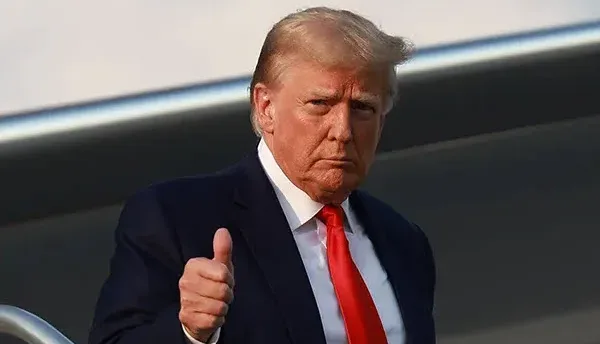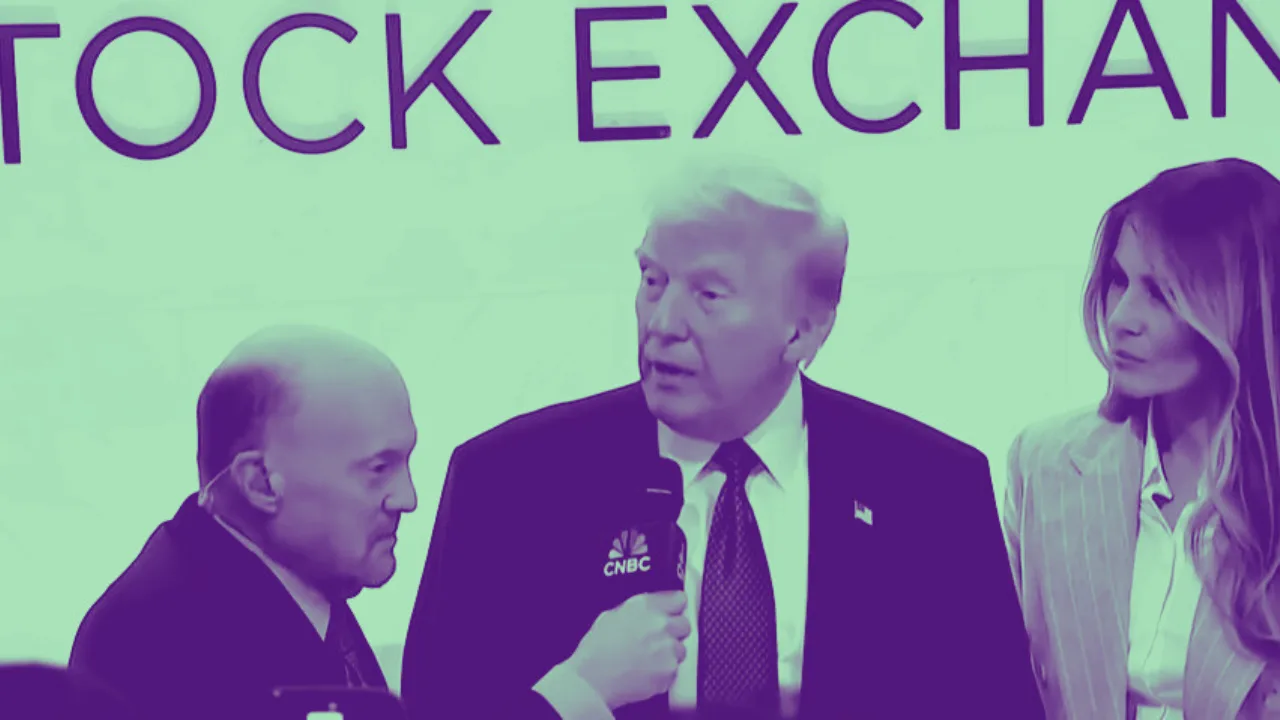President Donald Trump made waves this past weekend by announcing permanent new tariffs of 25% on all foreign-made vehicles and many imported auto parts, effective April 3. Marking the move as part of his bold “Liberation Day” initiative, Trump has doubled down on a strategy aimed explicitly at revitalizing American manufacturing, despite sharp criticism and warnings from economists and industry experts.
Even more notable was the president’s blunt response to questions about the tariffs’ impact on car prices. When reporters asked Trump if he was concerned about potential price hikes affecting American consumers, his reply was straightforward: he “couldn’t care less.”
“I couldn’t care less if prices go up on foreign-made cars,” Trump said defiantly, emphasizing his goal to shift consumer demand toward American-made vehicles. His willingness to accept higher prices signals the administration’s unwavering commitment to reshaping the U.S. automotive industry.
Higher Prices and Big Changes Ahead
Financial experts quickly responded, predicting that these tariffs could add anywhere from $5,000 to $10,000 to the average imported vehicle’s price tag. This dramatic price jump wouldn’t just impact luxury car buyers; it threatens affordability across the board. With the average price of a new car already approaching $50,000, lower-priced vehicles—many currently imported from abroad—could become increasingly scarce, significantly limiting choices for working-class Americans.
The tariffs also target imported auto parts, meaning that even some vehicles assembled domestically may become more expensive due to rising component costs. Though some exemptions might be granted under the United States-Mexico-Canada Agreement (USMCA), analysts say the broader impact will still push vehicle prices higher.
Market Reactions: Investors Brace for Impact
Investors responded negatively to the news, with U.S. stock futures declining immediately after Trump’s announcement. Concerns center around the potential disruption of global supply chains, increased production costs for automakers, and decreased consumer spending power—all critical factors for economic stability and growth.
Foreign-based automakers like Toyota, Honda, BMW, Mercedes-Benz, and Hyundai could be particularly hard-hit by these tariffs. These companies might face substantial challenges as their products become less competitive due to sharply rising costs. Conversely, American automakers like Ford, General Motors, and Tesla could find themselves benefiting in the long run, capitalizing on reduced competition and increased domestic demand.
Investors: Watch for Shifts in Consumer Behavior
From an investment perspective, a significant shift in consumer behavior may occur. If new foreign cars become prohibitively expensive, consumers may increasingly turn toward American-made alternatives or the used-car market, potentially driving up prices in those sectors as well. Investors should monitor automotive stocks closely, along with related industries such as vehicle financing, leasing companies, and auto-parts suppliers, as each sector could see substantial shifts in profitability and demand patterns.
Political and Economic Ramifications
The president’s forceful stance and his unapologetic acceptance of higher consumer costs set the stage for political and economic debate in the coming months, potentially influencing voter sentiment and economic forecasts alike. For investors, understanding these dynamics and their broader implications is crucial for strategic decision-making.
Bottom Line for Investors
President Trump’s permanent new auto tariffs mark a major turning point for the U.S. automotive market. His frank disregard for rising car prices underscores the administration’s aggressive approach to trade policy. Investors will need to carefully navigate the risks and opportunities created by these tariffs, paying close attention to shifts in consumer spending, automaker profitability, and broader market trends.
As this unprecedented policy unfolds, vigilant investors can position themselves to benefit from the profound shifts reshaping America’s auto industry.





